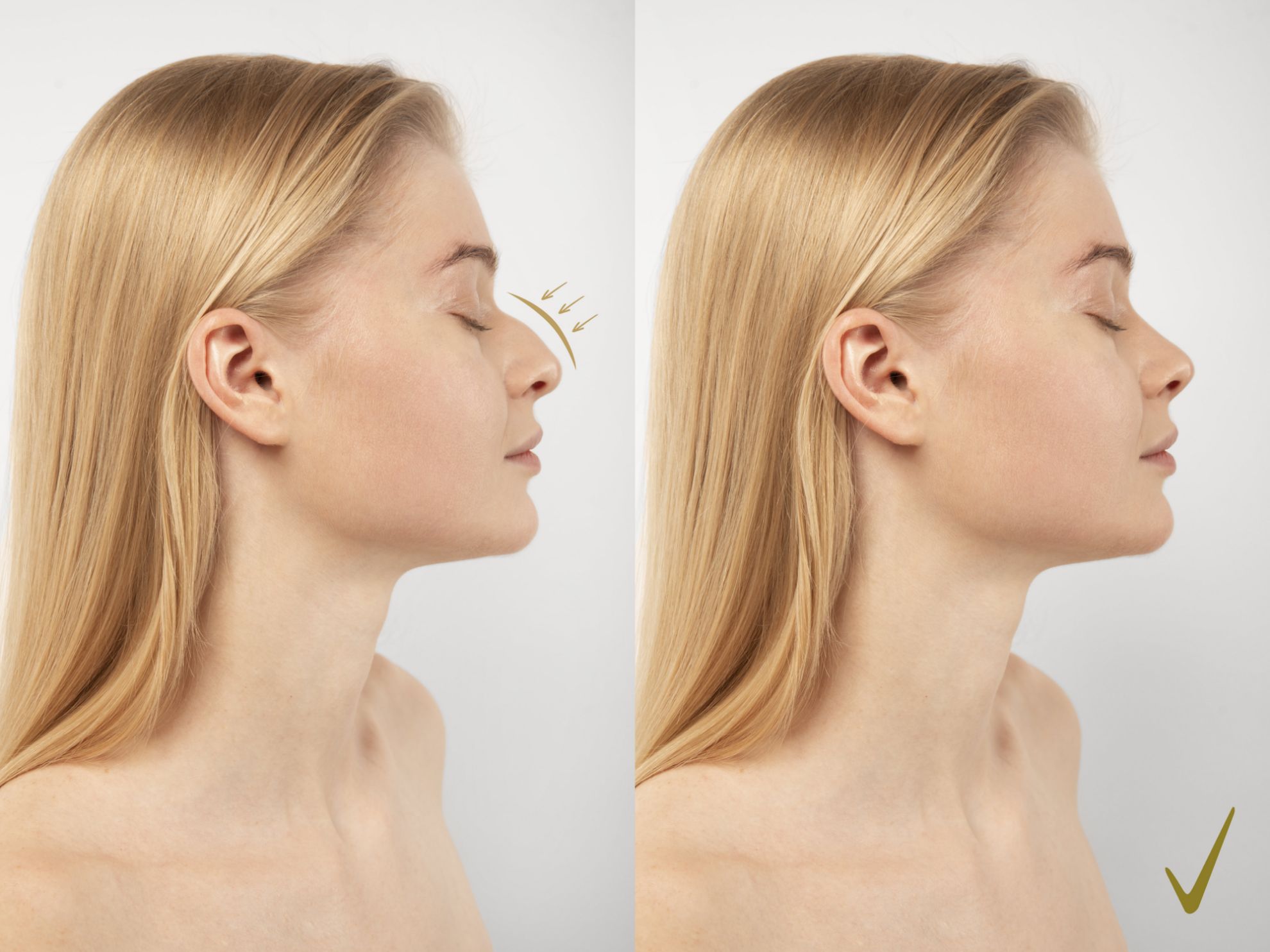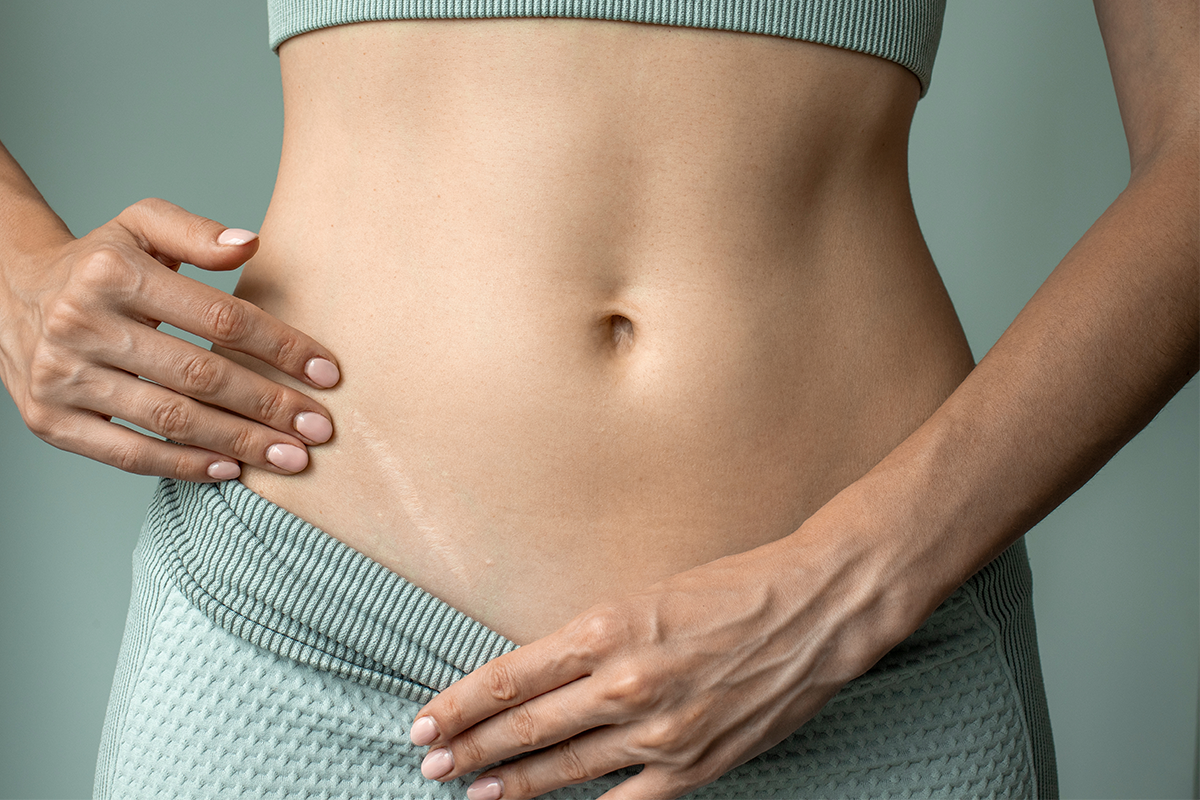Comparison of Liposuction and Lipolysis Fat Removal Methods: Which Is Better for You?
- 07 Sep 2023
- 0 Comments
Achieving the perfect body shape has become more accessible today. However, when choosing among body shaping methods, you may encounter many options. Here, you have two strong contenders: traditional liposuction and the rising star of recent years, lipolysis fat removal methods. Which one is better for you? In this article, we will compare these two popular methods from start to finish.
What Is Liposuction?
Liposuction is a surgical procedure known as a popular fat removal method. In this method, fat cells are removed using a specialized vacuum device. The procedure is usually performed under local anesthesia or sedation. Liposuction is effective in rapidly removing large volumes of fat and results are immediately noticeable.
What Is Lipolysis?
Lipolysis is a non-invasive fat removal method that works by using an injected solution to melt fat cells. This solution breaks down fat cells, allowing the body to absorb them. Lipolysis typically does not require local anesthesia or sedation, and it does not involve surgical intervention. The recovery period after the procedure is faster, but results may not be as quick as liposuction.
Comparison
- Type of Procedure
Liposuction: It is a surgical procedure and usually requires local anesthesia or sedation.
Lipolysis: It is a non-invasive procedure and typically does not require anesthesia.
- Area and Size of Fat Reduction Needed
Liposuction is more suitable for reducing large areas of fat accumulation. For example, it is ideal for those looking to get rid of excess fat in the abdomen, hips, or thigh areas.
Lipolysis fat removal methods can be used in smaller areas and finer details since they target surface-level thin layers of fat. For example, it may be preferred for defining the jawline or reducing inner knee fat.
- Recovery Time and Discomfort
Recovery time after liposuction may be longer, and more discomfort may be experienced. Since it is a surgical procedure, noticeable side effects such as swelling, bruising, and pain may occur.
Lipolysis fat removal methods offer a faster recovery process and less discomfort due to their less invasive nature. However, some individuals may experience mild pain or sensitivity.
- Speed of Results
Liposuction can provide more noticeable results typically faster. It responds quickly to slimming and shaping purposes.
Lipolysis fat removal methods offer faster results but may require more sessions. While the recovery process is faster, it may take time for results to become as prominent.
- Impact on Skin Tightness
Liposuction can potentially improve skin tightness by stimulating collagen production beneath the skin.
The impact of lipolysis fat removal methods on skin tightness may be limited.
- Risks
Liposuction: Carries surgical risks such as infection and bleeding.
Lipolysis: Carries fewer risks, but some individuals may experience sensitivity or swelling.
- Cost
Liposuction generally comes at a higher cost because it is a surgical procedure.
Lipolysis fat removal methods may be more affordable, but the number of sessions required and personal needs can affect the cost.
Which Method Is Right for You?
Determining which method is right for you should be done in consultation with a doctor. In general, liposuction may be suitable for those looking to remove more fat, while lipolysis may be more suitable for those targeting smaller fat volumes. Additionally, your personal preferences and health conditions can also influence your choice.
While both liposuction and lipolysis are fat removal methods, they offer different types of procedures, recovery times, and results. To achieve the best results, it's important to consult with a specialist to create a personalized plan. Remember that both methods require maintaining a healthy lifestyle to sustain the outcomes.



































Leave Comment